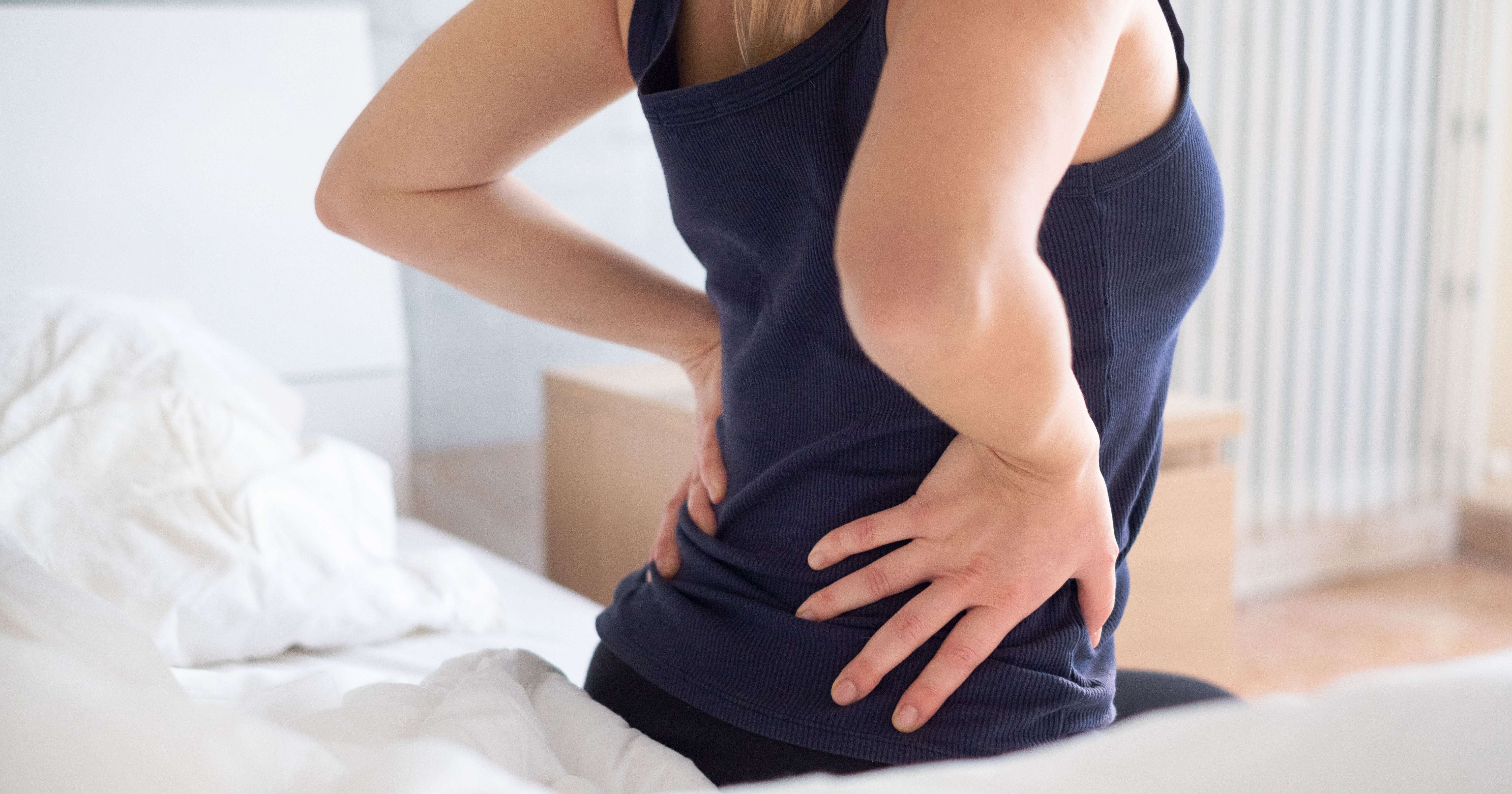Read Part 1 Here
16. Do Not Overwork: When possible modify postures and physical activity to reduce the risk of muscle fatigue and back strain.
17. Avoid Excessive High-Impact Activities: Each time you strike your foot during walking, running or jumping, the shock of impact is absorbed by the joints of the feet, ankles, legs, hips and low back. Avoid excessive high impact activities (see above). Wear proper footwear to reduce the degree of shock to the spine.
18. Think Ergonomically: Seek the optimum work environment. This requires an adjustable workstation to properly support the extremities and the spine. An efficient work environment will include proper phone equipment, an adjustable chair, an efficient keyboard and adjustable monitor. The work surface should have adjustable height. It will also require proper lighting. A footrest will contribute to reduced stress on the spine. Assume a relaxed yet supported posture.
19. Use Products that Promote Good Posture and Spine Health: Utilize products which support the spine from the ground up. Use support-enhancing products that can be added to poorly designed furniture and seating.
20. Listen to Your Back: Avoid positions and activities which contribute to increased back pain or cause back pain radiating down the legs. Avoid those positions which elicit numbness or tingling. If back symptoms should persist or progress, see a spine physician. If you are involved in an activity that causes or increases back pain, think about what you can change to alleviate the pain. Your body will usually tell you what it needs if you take time to listen to it.
21. Maintain Optimum Body Weight. Excessive bodyweight increases stress upon the tissues of the spine, thereby increasing the risk for abnormal “wear and tear”. Excessive body weight also contributes to alteration of the normal curves of the spine which can lead to stress on the spine.
22. Avoid Smoking: Smoking increases the risk for many life threatening conditions. Smoking is a habit which promotes tissue inflammation and impairs the healing process. Smoking contributes to blood vessel disease which can impair blood flow to many parts of the body including the back.
23. Get a Spinecare Education: Whenever possible learn more about your spine and how to take care of it. Seek insight from a spine physician. Go to websites written by spine doctors like http://www.spinephysicians.org/ for valuable information which is continuously updated.
24. Drink Water: An adequate amount of water is vital to good health. The musculoskeletal tissues require water to function and to repair themselves.
25. Get Enough Sleep: Sleep is essential to good health, mental alertness, tissue growth and repair. An adequate amount of restful sleep is required to restore the body. This is related to the amount of time spent sleeping and the quality of sleep. Back pain is the most common form of nighttime pain. Many individuals with back pain suffer from fragmented sleep and wake up feeling unrefreshed.
26. Wear a Supportive Bra: A supportive bra will reduce strain placed upon the neck and upper back. A bra which is not supportive may contribute to rounding of the mid-back resulting in increased risk for chronic back pain and a humped posture.
27. Support the Abdomen during Pregnancy: A protuberant abdomen during pregnancy increases the forward curvature of the low back. This increases strain on the discs and joints of the low back. In pregnancy a brace, which supports the pelvis and abdomen, will reduce strain on the low back. The use of a brace should be discussed with an obstetrician and/or spine physician. Such a brace should be fitted by a healthcare professional.
28. Increase Abdominal Strength: The abdominal muscles help support the low back and pelvis. The abdominal muscles surround about 2/3 of the lower part of the body. Strengthening the abdominal muscles will increase spinal stability and reduce the risk for spine injury. Conditioned abdominal muscles will also contribute to more efficient walking. Strong abdominal muscles will fatigue less during prolonged standing or prolonged sitting thereby, protecting the low back.
29. Frequently Adjust Your Posture: Alternate between sitting and standing tasks to reduce stress placed upon the spine. During long periods of standing, rest one foot on a low support, and alternate the feet. When sitting rest both feet on the floor.
30. Learn to Relax: Learn and apply relaxation techniques to manage stress both on the job and off the job. This will help to reduce muscle tension and pain from those muscles.



